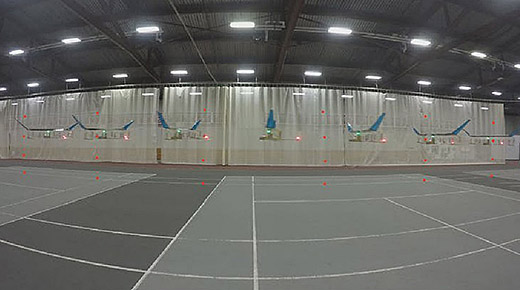Since their invention more than 100 years ago, airplanes have been moved through the air by the spinning surfaces of propellers or turbines. But watching science fiction movies like the Star Wars, Star Trek, and the Back to the Future series, I imagined that the propulsion systems of the future would be silent and still—maybe with some kind of blue glow and “whoosh” noise, but no moving parts, and no stream of pollution pouring out the back.
|
ADVERTISEMENT |
That system doesn’t exist yet, but there is at least one physical principle that could be promising.
Science fiction inspires research and reality.
…

Comments
Electroaerodynamic propulsion
Small silent drones may be a possibility but, like a man powered aircraft, there are practical limitations. If you look at the physics of propulsion, when looking a vehicles large enough to carry meaningful payload, imagine the power densities involved. Let us assume for a moment that such a vehicle were constructed and, in flight, entered a rain shower, or even worse, a thunderstorm. I leave the outcome for your consideration.
This could be overcome by use
This could be overcome by use of a hybrid system, like long range electric vehicles. A prop driven motor for take off and landing, and ionic drives for cruizing. This would reduce the planes wiehgt by eliminating excess fuel. The prop could also be used in emergency situations and conditions that would preclude the use of ions.
Add new comment